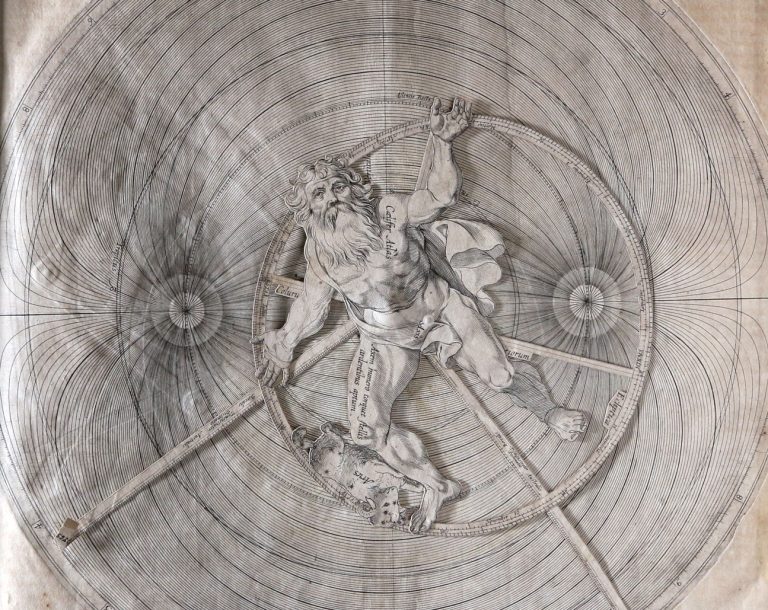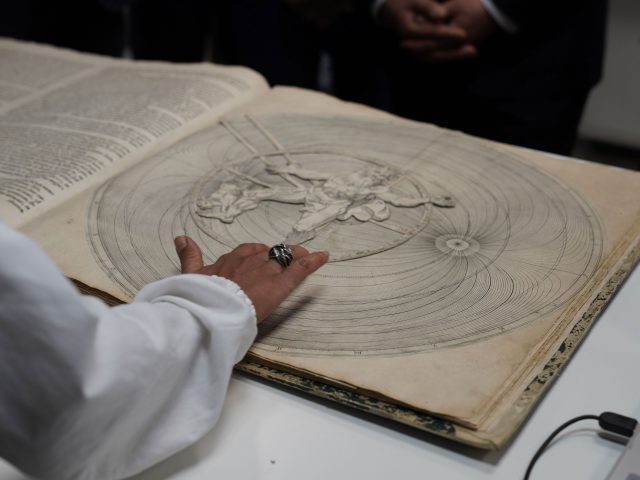Ultimo aggiornamento 5 July 2023

Information for the visit:
Access to the exhibition area is temporarily suspended due to maintenance work.
We apologize for the inconvenience.
THE MUSEUM AND THE NEW EXHIBITION SPACE
The Museum of today’s Central Institute for the Pathology of Archives and Books was set up by Alfonso Gallo in 1938 as part of the Royal Institute of Book Pathology, with the intention of representing the wide range of damage to the library heritage, after having collected the necessary material for more than ten years during the restoration activity at the Grottaferrata laboratory. The museum was conceived from its origins as the essential complement to the research activity at the base of the ICPAL: a space in which to display the evidence of the damage suffered by written materials and their recovery. In fact, books and documents, like all structures made of materials of an organic nature, deteriorate over time. Natural aging, spontaneous and irreversible, is accelerated by various damaging factors such as: storage in unsuitable places, exceptional events (wars, floods, fires), incorrect use, improper or unnecessary restorations. After an initial layout, the original exhibition spaces were expanded in 1939, thanks to the increased interest in the museum project, which opened up to an even extra-European perspective with the acquisition of paper samples from India and East Africa. They also found space for a new and conspicuous collection of watermarks, inks and dyes for miniatures, and various fibers. The size of the rooms and the location on two floors determined a functional and logistical structure, documented on several occasions by the publications cited and by the photographic equipment that has come down to us. Over the decades, the Museum has continued to be enriched with finds relating to the manufacture of books and their deterioration, forming a unique collection of objects, appreciated by national and international scholars.
In 2001 the Museum had a new layout with a tripartite configuration, able to fulfill the needs of teaching and information for each age group. The exhibition space in its new location was created in the basement of the Institute of Pathology, which allowed for greater homogeneity and a new restructuring of the material. The museum itinerary was divided into three sections dedicated respectively to the materials and manufacturing techniques of ancient and modern documents; to the damages and the many factors that cause them; to prevention and restoration. There was also a room used as a laboratory where the young visitors could touch the materials used for the restoration and get to know – through period documentaries and more recent films – the evolution of the institutional history and the more demanding interventions that involved the laboratories. The Museum thus came to constitute a new offer also within the territory and consolidated the cultural ties of the Rione Monti area, with a not indifferent school flow. In 2016, due to some damage to the structure, major maintenance interventions became necessary to consolidate the museum environments and solve humidity problems. The museum was closed and after the dismantling, the materials were deposited in containers.
The new exhibition space documents the close connection between the preservation of Alfonso Gallo’s intuition -always valid- and the use of new materials, such as above all the documentation of the restorations carried out over time and evidence of the growth of the Institute. This museum proposal presents a renewed material path especially in multimedia presentations: interactive screens and emotional spaces join the continuity with the past, represented by the original nucleus wanted by Alfonso Gallo, preserving the division already present in the previous museum: book materials, damages ( mechanical, voluntary, accidental, etc.), restoration (techniques, examples, spaces, etc.).


